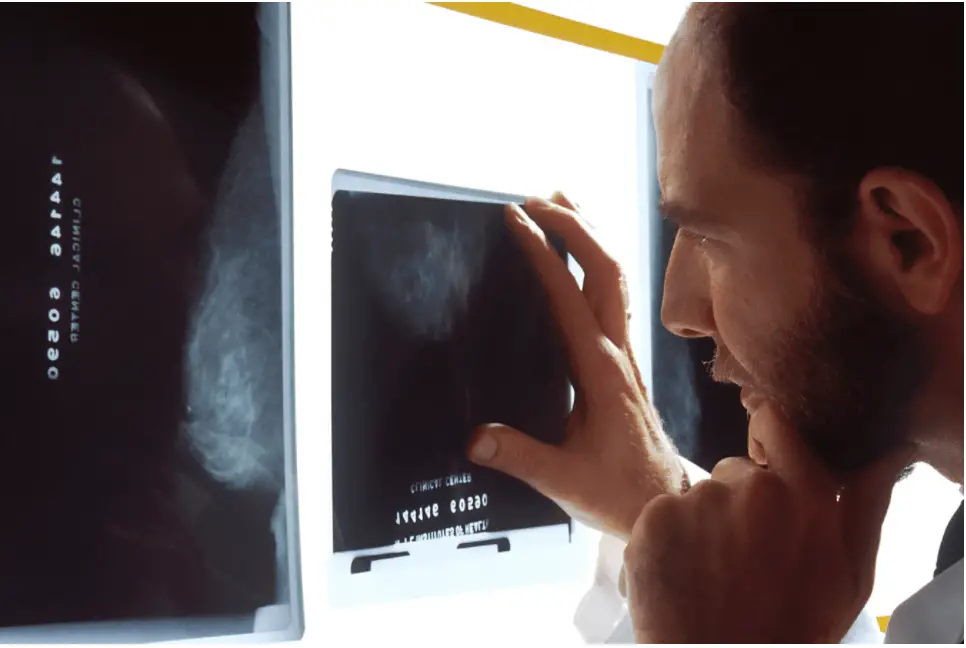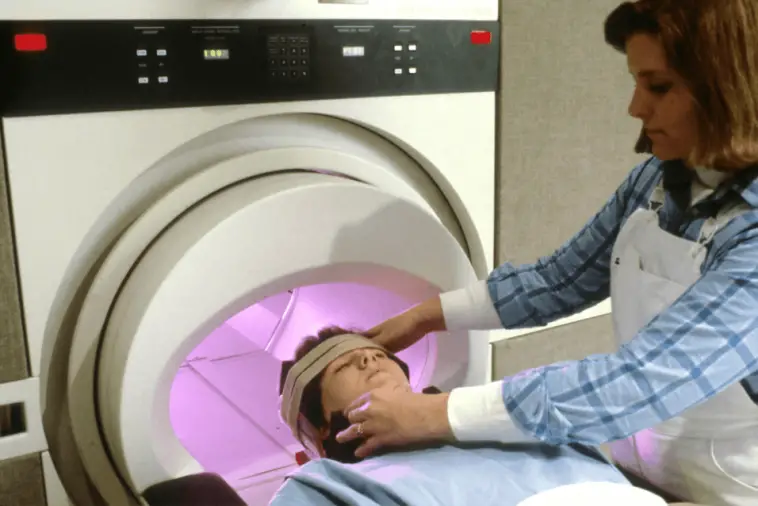So, is it time to upgrade your medical imaging equipment? New or refurbished medical imaging equipment can greatly help when it comes to improving your operations, expanding business, and increasing profitability. And even more important, you will be able to meet and even exceed the needs of your patients – and in the end, that’s what is most important, and the whole point of owning a clinic!
But all of that being said, you shouldn’t go into buying a new MRI or CT without doing proper research first. So, in order to help you make a well-informed decision regarding your purchase, in this article, we have listed all the important things that you need to consider first.
Establish a Realistic Budget
This is really important since all further planning would be pointless if you don’t know how much you are able to invest. Knowing how much money you have is the first step to finding out what is your best option with that amount of money. So, are you going to buy a whole machine or is it a better option to go for new parts? What are the necessary compromises regarding the functions and model of the machine in question regarding your set budget? All of these are the questions that can be easily assessed once you have figured out your budget.
Support and Service
Before going into any details regarding the purchase itself, we need to stress the importance of having a good support and service company. When it comes to purchases like these, you can’t just go to any local technician and ask for help – you need certified professionals. As experts from directmedparts.com explain, service companies offer not only good advice and reparation of existing equipment, but also the possibility of replacing different parts for a lot less money than if you were to opt for a new machine. So, if something happens to be wrong with your equipment at some point, you want to know that you already have a service company in mind in order to deal with the problem as fast as possible, so, be sure to do so.
Buying the Right Equipment
So, how are you going to assess what you should buy? Well, it is important to mention that this must be a team effort. It’s really important for the entire team of professionals in different fields to work together from the beginning in order to prevent any predictable problems from happening down the road.
The first thing that you’ll need to do is to consult with system users and key clinical stakeholders. Once you’ve determined which equipment makes sense and is a target for purchasing, it’s time to talk to your facilities team, building maintenance, electrical and plumbing experts, engineering, as well as with structural experts. Basically, asking the right people the necessary questions before making such an expensive purchase is essential in order to make the best out of it. In addition, good planning is going to ensure that your MRI or CT will function properly for years to come!

CT Scanner and Tubes
Since this is the most important part of a CT scanner, let’s talk about it a bit. An X-ray tube is the energy source of a CT scanner, and it’s commonly called just “tube”. Similar to an incandescent light bulb, the tube has an expected but pretty unpredictable life span that mostly depends on usage and the model. That being said, when purchasing a CT scanner, be sure to ask about specific details regarding the tube and the recommended usage. Considering the fact that this component has a limited lifespan and replacing the tube is an eventuality for every CT scanner, it’s important for you to have a reliable servicing company.
Basic Types of MRI Machines
So, if you are wondering which type of the MRI machine should you get, the two most basic types that are what you need for clinical purposes are a 1.5T and a 3.0T scanner. So, how to determine which one do you need? Well, the biggest advantage with a 3.0T MRI machine is that they have great resolution, however, exams can take longer to acquire and the machine is a lot heavier, which can, depending on where you plan to put it, sometimes be an issue. Typically, a 3.0T scanner will have additional use in neurology, prostate, extremity, and breast exams, but a 1.5T scanner will suffice as well. Of course, the 3.0T model is pricier as well. Long story short – you need to decide what resolution do you actually need for your clinic in order to make the decision.
All of the things that we have talked about lead to a single, overall deduction, and that is that it’s really important to put in the time and effort to do proper research. Be sure to consult with people who have more experience on this topic – never be afraid to ask questions about anything that you are uncertain of. It’s better to assess everything before the purchase then after you have spent all that money. In the end, just be careful and don’t rush anything, and you will surely end up being satisfied!




